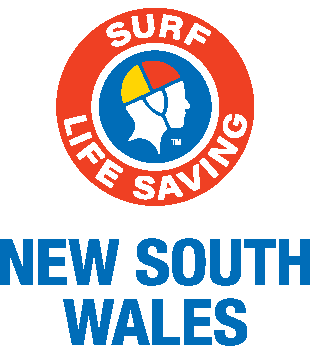Locals and holiday makers at one of the state’s very popular coastal locations, Kingscliff in the Tweed, will be able to swim a little safer with new lifesaving technology installed for use in emergencies, unveiled on Tuesday 3 May by the NSW Minister for Emergency Services, Steph Cooke and Parliamentary Secretary for Police and Emergency Services and Member for Tweed, Geoff Provest.
The Emergency Response Beacon (ERB) is now in place at the popular North Kingscliff beach location, one of 22 new generation units which will be rolled out at key drowning hotspots this year, as part of the NSW Government’s $16 million commitment across four years to Surf Life Saving NSW.
The devices are being installed at identified high risk locations, many of which are unpatrolled by lifesavers or lifeguards. With a popular caravan park right there and the nearest patrol about 800m away at the Cudgen Headland SLSC, with the press of a button, a member of the public can be connected to the Surf Life Saving State Operations Centre (SOC) for immediate assistance.
Mr Provest said each beacon is being installed at high-risk locations, many of which are unpatrolled by lifesavers or lifeguards.
“With a popular caravan park just metres away and the nearest patrolled section of beach about 800 metres away at the Cudgen Headland, members of the public can now be immediately connected to the SLSNSW State Operations Centre by clicking a button on the beacon,” Mr Provest said.
“This will give locals and visitors some extra peace of mind that help is available if they get into trouble while enjoying the water at North Kingscliff.”
President of Surf Life Saving NSW, George Shales said the organisation is always looking for new ways to keep NSW beachgoers safer through enhanced technology.
“The ERB will give visitors at unpatrolled beaches a link to lifesaving services during emergencies, where every second can mean the difference between life and death,” said Mr Shales.
The ERB uses the latest mobile technology to communicate between the SOC and the person on the beach and the SOC operator can quickly gather important information, issue instructions or provide reassurance in an emergency situation.
A camera fitted to the ERB can be remotely monitored by the SOC to provide operators with situational awareness of the incident. Surf Life Saving can then respond using a wide range of Support Operations assets, including jetskis, inflatable rescue boats, volunteer callout teams from surf clubs, lifeguards, or helicopter or drone services.
The upgrade in technology provided by the NSW Government’s enhanced rescue funding means the new units are solar-powered, can be permanently fixed in position and are easy to install in remote or difficult to access locations. Flashing lights on top of the beacon act as a visual indicator to lifesavers or members of the public that the unit has been activated.
“It is technology like this that we are proud to see rolling out, to ensure beach users across NSW are as safe as possible. This beacon will give residents and visitors some extra peace of mind that help is available if they get into trouble,” said Minister Cooke.
North Kingscliff was identified as a hotspot location for the new beacon after numerous emergency callouts that lifesavers and lifeguards have responded to as the local population in the area continues to grow and holiday makers seek out the beautiful Tweed beaches. A limited lifeguard service is provided at North Kingscliff during the summer and autumn school holidays, but it is unpatrolled for the remainder of the year.
“Unfortunately lifesavers and lifeguards can’t be everywhere at once, so these emergency beacons are about expanding the reach and making every effort to protect swimmers at unpatrolled locations,” said Minister Cooke.
Tuesday 3 May 2022


